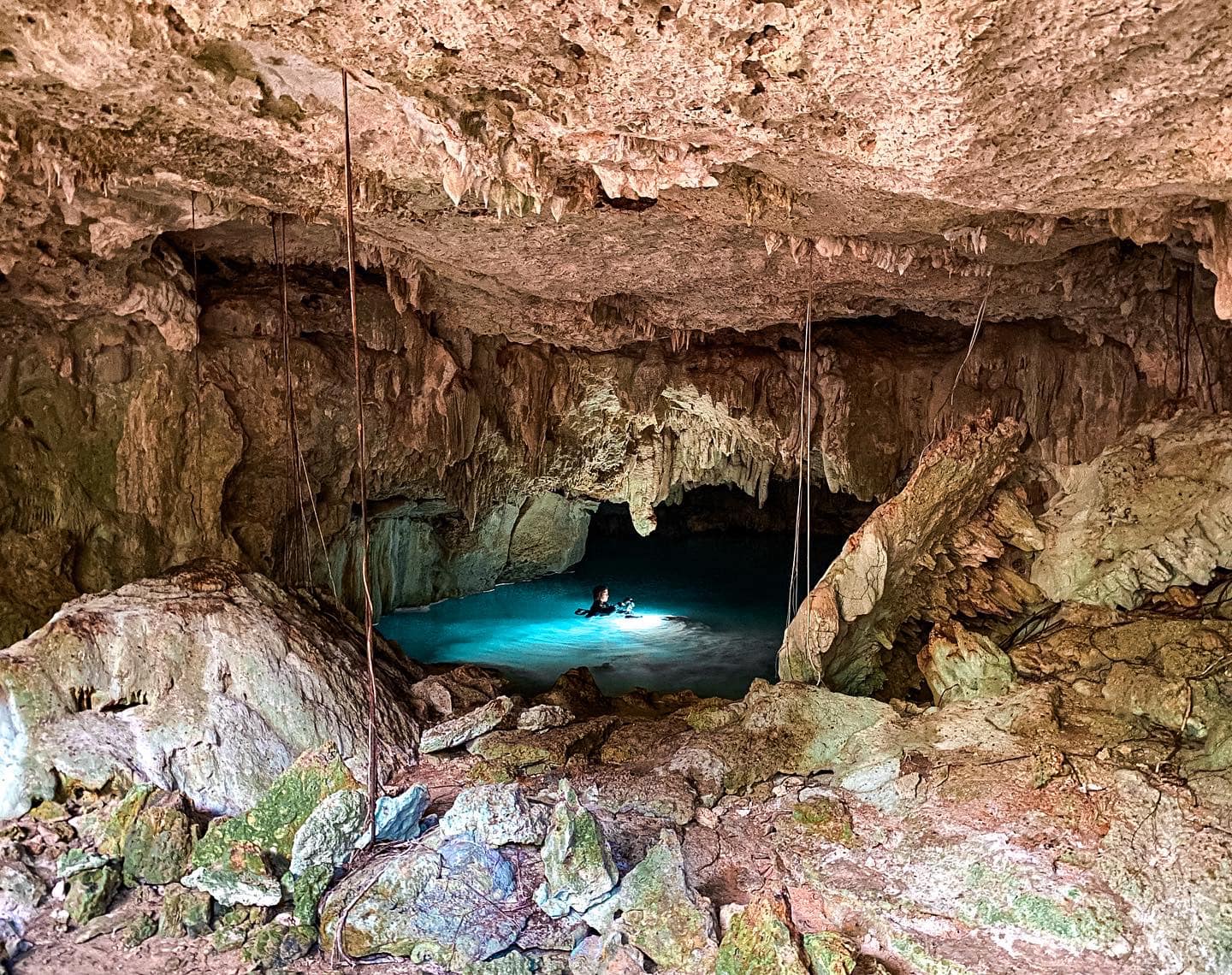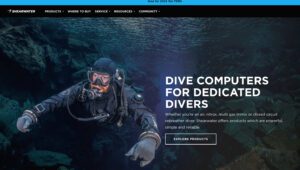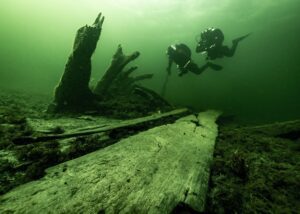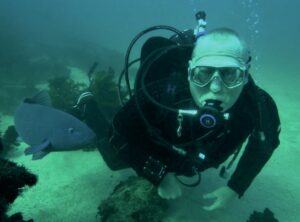How do you prepare yourself for some of the most-challenging diving imaginable in unpredictable conditions? And what happens when you have barely 18 months to prepare, but no access to the environment you’ll be expected to dive in? MARIA BOLLERUP explains.
In 2019, I was invited to be part of the Xunaan-Ha Expedition, a new dive project that brings together a select handful of divers from all over the world with distinct and valuable skills.
The project was originally scheduled to take place in the fall of 2020 but had been postponed twice due to the COVID-19 pandemic’s restrictions. Then this month (November 2021), it finally happened, and we – a group of six eager divers – are busy putting our experience and thirst for exploration to good use. You will be able to read all about the expedition in a future issue of Scuba Diver, but as I wrote this before we set off, I wanted to give you an insight into the rigours of preparing for such an adventure.
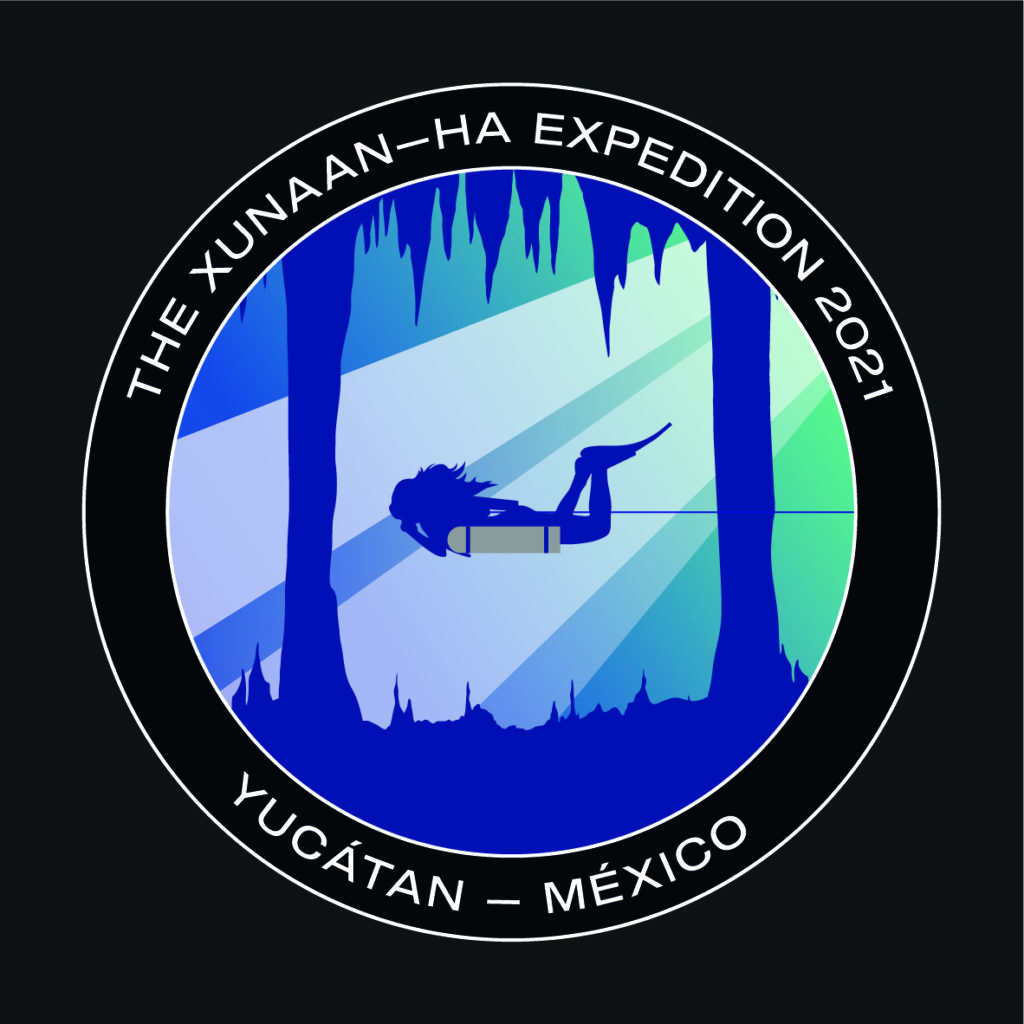
The expedition
The Xunaan-Ha Expedition is a cave exploration project taking place in the underground cave system of the Yucatán Peninsula. You might have heard about the area in terms of its popular (and ever-growing) industry of cenote and cave diving. Perhaps you have dived the cenotes yourself or dived beyond the light zone into the actual cave areas as a certified cave diver. If not, I urge you to put it on your list, regardless of your level as a diver. It is popular for a good reason – the diving is incredible.
Cave exploration in the Yucatan Peninsula is a tale of remarkable discoveries. Each charted kilometre offers information that spans from facts on prehistoric life in the area, to Mayan anthropology, archaeology, in addition to geological and ecological factors of great importance to environmental challenges occurring today. Seeing as the peninsula is speculated to sit upon over 165,000km of caves with only 1,500km or so actually mapped, the likelihood of a goldmine of information waiting to be discovered and deciphered is high.
The Xunaan-Ha Expedition specifically focuses on a particular stretch of undiscovered caves that seem to differentiate itself from the rest. What these caves tell us and the secrets they hold could potentially help us better understand the region and the symbiotic relationship between us and our surrounding ecosystems.
This intricate network of underground rivers is the life-source of the entire peninsula! These caves are interconnecting rainforests, mangroves and coral reefs.
As with so many areas of our blue planet, human pollution is slowly degrading this unique ecosystem and diminishing the biodiversity. This is where a great part of the scientific data collected during the course of the expedition will be focused. Limited research exists regarding the caves and the massive aquifer they contain, and much of what is discovered during this expedition could serve as a baseline to help facilitate future projects and continued research.
This expedition has a scientific- and conservation-driven mission to fulfill, powered by some extremely determined souls. The dedication it takes to uncover this enormous underwater maze takes more than just drive – it takes true passion, and the man behind the project has been committed to uncovering the underground network of caves in Yucatán for more than two decades.
Robbie Schmittner has persisted in mapping and collecting data on the caves, gaining access to areas that have been isolated and untouched since the time of the Mayan Empire. I have followed his passionate work and publications over the years, as he has continued to consistently find new cenotes and connected entire cave systems. He is the man behind the discovery of the world's longest water-filled cave and has led expeditions and TV productions into the jungle (and safely back out again). I feel extremely motivated and comfortable following him into the jungle.
Together with the team of cave divers (much more about them in part two of this adventure), I am expected to dive and collect data during the two weeks the actual project is running. The caves are what are popularly known as ‘Virgin Caves’, and have never been dived in previously. Robbie, who has spent time topside geo-mapping five cenotes spread over a wide-ranging area, believes them all to be interconnected.
As a member of the dive team, my most important preparational task is to come mentally and physically prepared for cave exploration. Though I am a cave diver with experience in cave exploration, it can be an unpredictable and potentially fatal affair.
So what is the best way to prepare when you have 18 months of lockdown in a country like Denmark, where there’s no cave diving to keep you sharp? My recipe has been a grand cocktail, some ingredients are more obvious than others.
Four scoops of task loading
Laying a line in a cave, while determining direction, keeping track of depth, flow, gear, gas and your team (to name a few) can add up to be task loading. To prepare for this, Denmark has not been shy about providing the proper training grounds. There’s plenty of (really) bad visibility, howling currents can easily be found, wrecks covered in fishing-lines and hooks, something near hypothermia on most dives (I’m the cold type), bulgy dry gloves combined with line handling…, and you have yourself a set-up that presents some decent task loading.
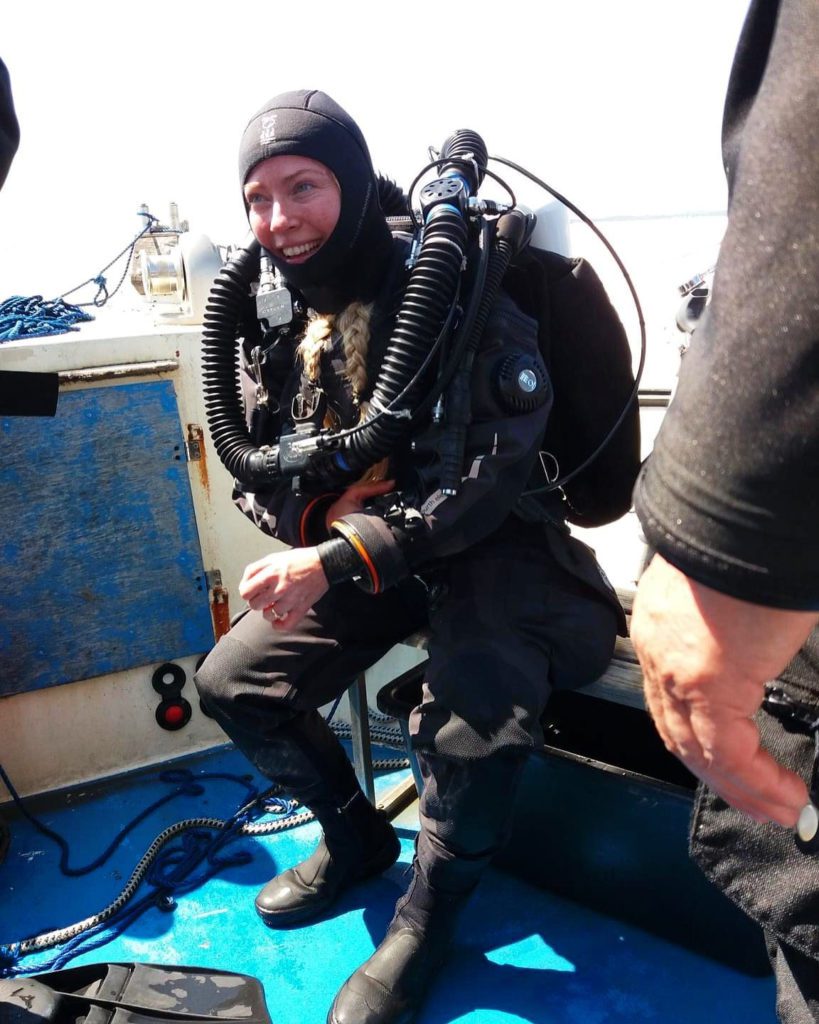
A hearty dash of equipment preparation
Dive my gear! Besides open circuit sidemount gear for cleaner tunnels, or narrow passages and restrictions, I’m bringing my rebreather. I dive with the IQ-Sub X-CCR, and so does my buddy on the project, Rannva Joermundsson. Since we do not know what the cave will present us with, we are bringing our units. They’ll be useful in some situations, a strain in others. They’ll be grand in silty areas to avoid percolation by bubbles (unless the tunnels are too narrow for us to fit in anything but sidemount) and as we eventually expect to cover some extensive distance, with staged tanks and adequate bailout gas, the rebreathers will allow us to do just that.
I have dived but not changed anything on my unit (so far it has been perfect in caves), except for one major upgrade. I have installed the Shearwater Nerd! A magnificent little computer that is hooked up to my unit and sits in my immediate eyesight. It makes my diving much safer, since I can constantly monitor my PPO2, without having to move any limbs to do so. Bonus! This device has not received enough credit in the diving industry. It is a complete game changer!
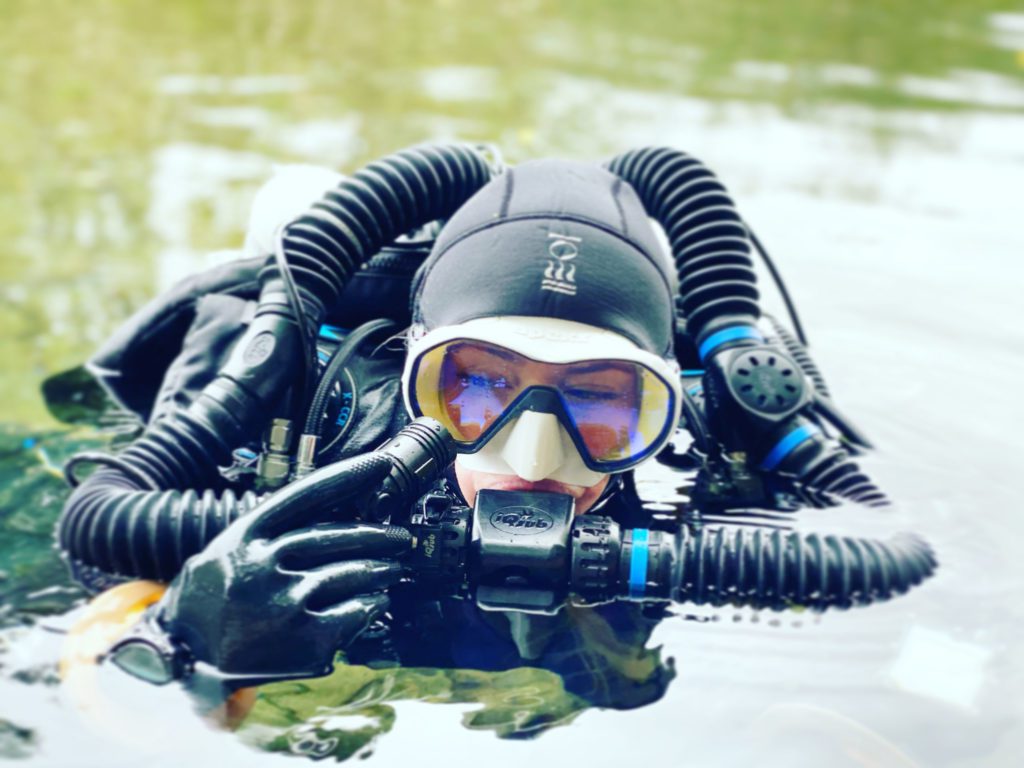
A splash of fitness. Obviously.
During lockdown, I became a certified yoga instructor out of boredom to be honest, but I’m so glad I did it. Previously, I have been whipping my body with HIIT training – you know, the kind where you get cheered on to push yourself to near-fainting. I absolutely love anything that makes my heart race, my face bright pink and my body aching. Sadly, my body doesn’t enjoy the torture and gives me a hard time afterwards. But yoga… is like butter on a hot bun, and the combination of moving with your breath has proven to strengthen me in more ways than just flexibility. Who knows… perhaps I might take up open circuit twinset diving now, since I might finally be able to do a shut-down with my newly flexible yoga arms!
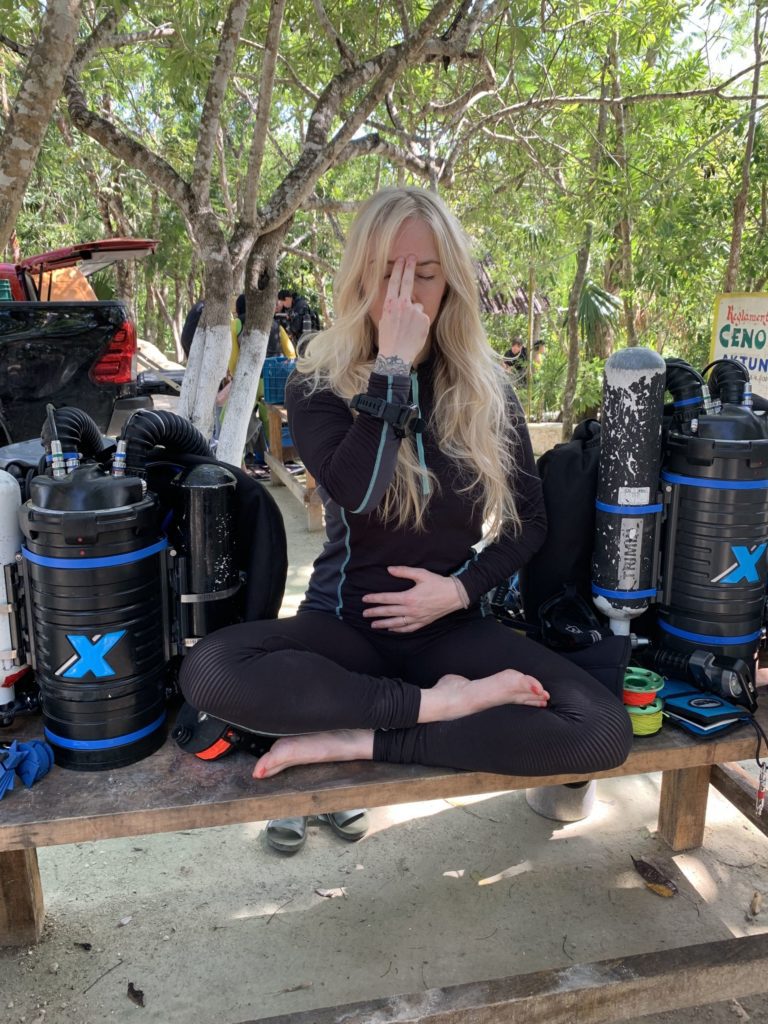
Stir it with a slight change of diet (optional).
I found myself signing up to a silent retreat this summer, and during the days of complete silence between the people involved (but definitely not in the mind – what a circus!), I was served nothing but vegetarian food. Growing up on a farm, I’ve always enjoyed meat. But I slowly felt my body transform itself during the days of eating freshly slaughtered vegetables. I’ve just done another silent vegetable retreat this October. Truly addictive stuff. And in between the two, I have hardly touched meat, and I have to admit that my level of energy is higher than it’s ever been. I regret that I can no longer take a hearty nap in the afternoon, and that I wake up early. However, this energy will be needed when the long days of diving start wearing us out, because they will.
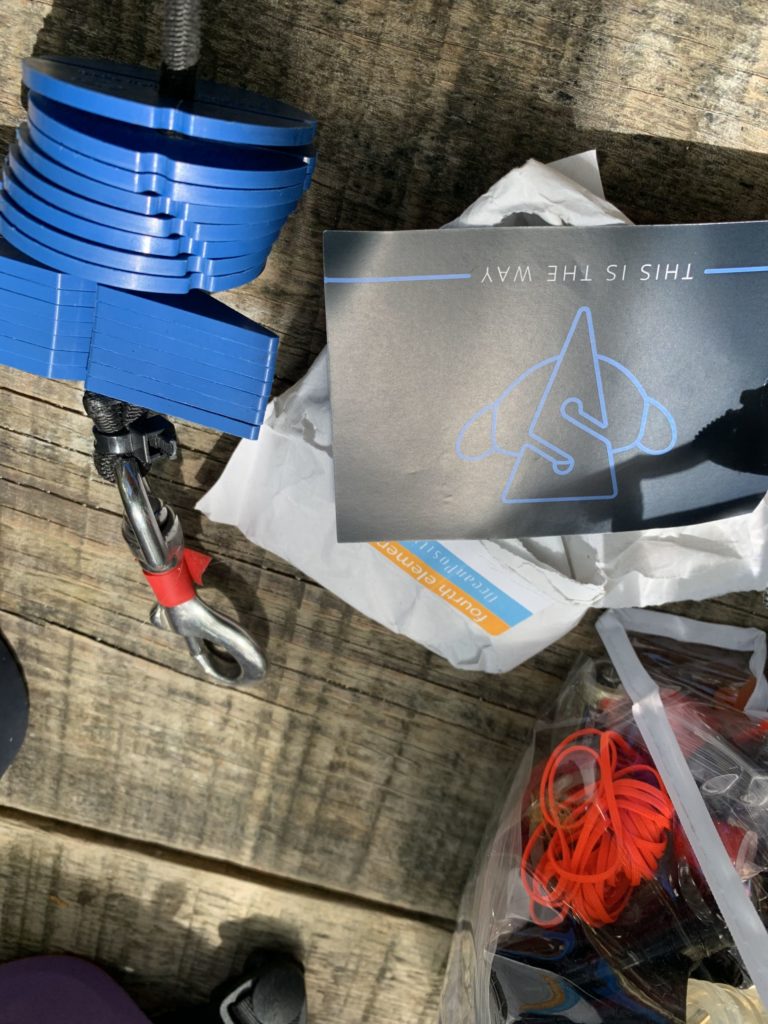
One litre of mindset: The key ingredient
And with the mention of being worn out, comes the most important thing (in my opinion) in the preparation for a cave expedition like this one… the mind!
As much as our comfort in the water needs to be absolute: trim, buoyancy, fin techniques, team communicative skills and environmental awareness, to name a few. The mental factor is, in my opinion, as important as any of the above.
As much as I feel at home in my gear, my mind is human, and I have therefore spent the last months working on it intensely as though it were my weakest bit of equipment. My most probable failure point.
There are a multitude of problems divers can run into that the mind falls prey to. For example, a cave that has never been dived into and has decades or even centuries of silt hanging on walls and ceilings will instantly turn into a glass of milk, when disrupted by bubbles from divers’ breathing apparatuses. Diving into a tunnel that narrows down and becomes a restriction, can be nearly impossible to back out of. But worse, the mind can play some nasty tricks on you, when you are debating whether to try to back yourself (and your team) out or pull yourself forward in the hope of it widening up again. I have been exposed to both, several times, and I expect and have prepared for it to happen again in Mexico.
In the event of a silt out, a snatched line or a collapse in the cave, you are relying on the calmness of your mind to solve the situation. I have always been aware that breathing is a powerful tool to keep the mind steady, but lately, I have been effectively convinced! With a daily session of breathwork (done while peeling carrots, walking, or at a dedicated meditation session), I believe I have prepared my body and nervous system in the best way possible.
Adding to the breathwork I have been practicing, I started spending time in a sensory deprivation tank (or floatation tank). You lay yourself naked in a chamber of water. The water temperature is equal to that of your body. The salinity is so high that you won't sink (I’ve tried my very best; it’s comical and impossible), and then you pull the pod closed and you simply… float. In complete darkness and total silence.
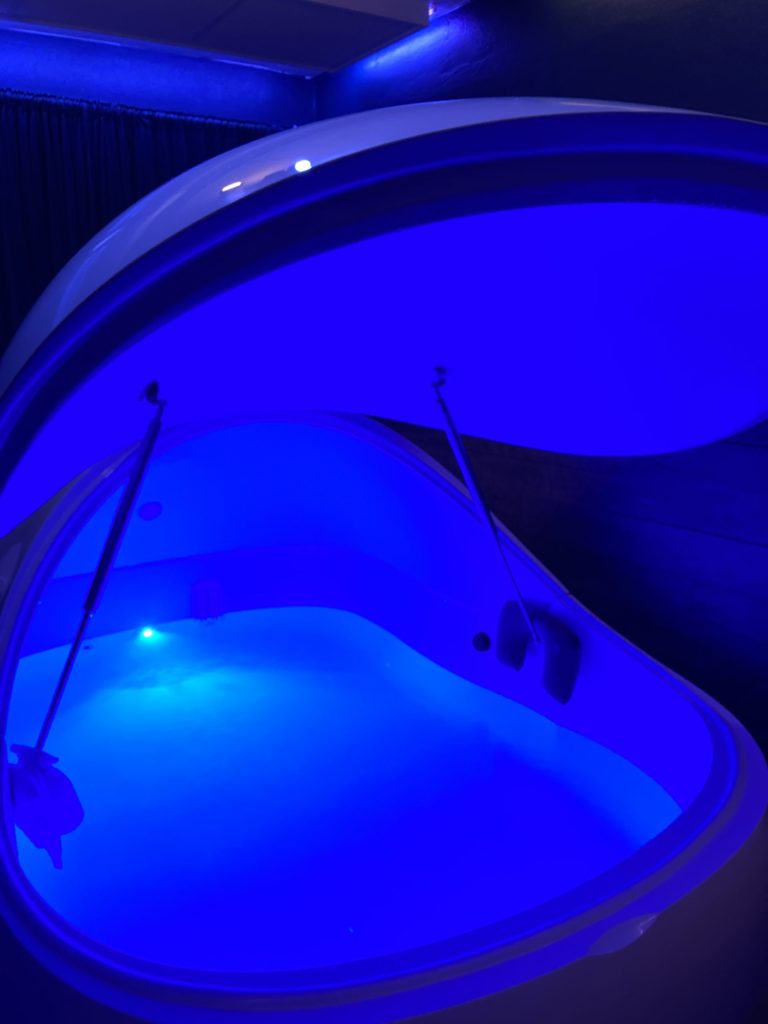
After some time, you don’t know where your body ends or the water begins. This state of mind is a passageway (apparently) to a deep meditative state. There are extensive studies on what happens in the mind during floating, and I recommend you look it up if you have a trauma, stress, anxiety, PTSD or other mental challenges. Trust me on this.
But floating also presents a perfect environment for developing focus and calm through visualization techniques. Every time I closed in on myself in the tank, I visualized two predetermined critical skills or scenarios. Mentally seeing, feeling, and dealing with each situation. Breathing calmly throughout each step, working patiently to still and focus the bouncing mind.
I sincerely believe that endurance, mental stability and calm needs to weigh as high on the list as trim, buoyancy, line work, navigation, and other skills (insert a long list of highly vital diving skills) in my humble opinion.
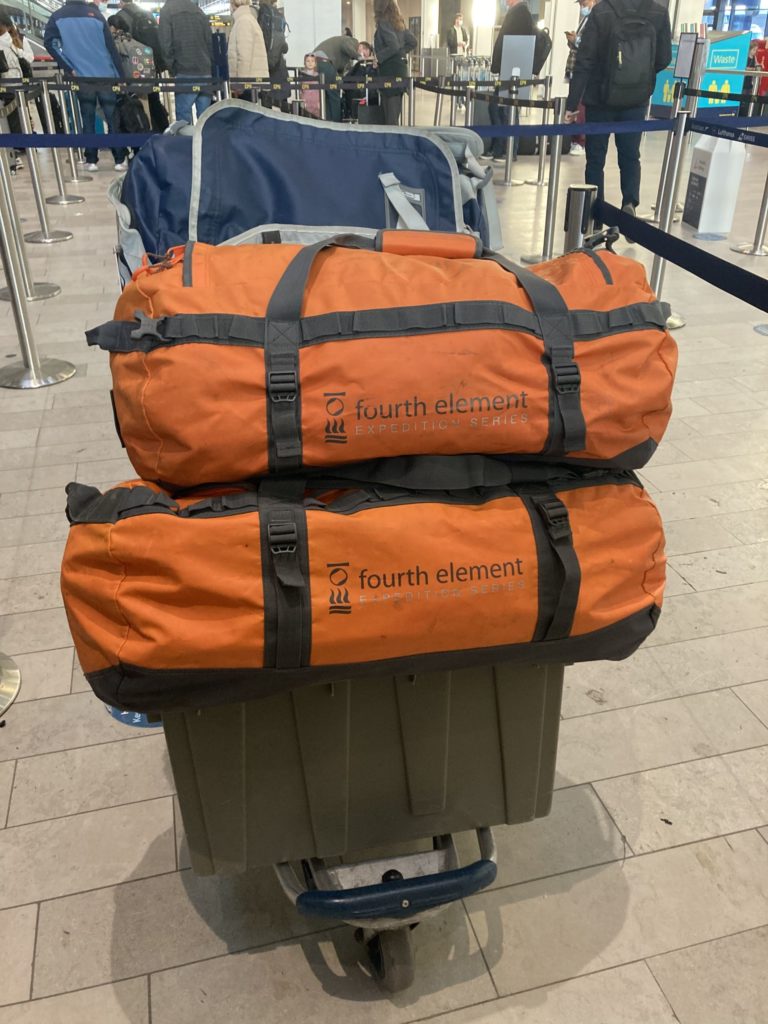
Ready for the off
That’s how I have been preparing for the coming challenges on the Xunaan-Ha project. It might sound a little alternative to traditional preparation, especially the silent retreat and the floatation tanks may have been stretching it, but combining it all was powerful and has made me feel as prepared as I possibly can be.
The next immediate step is to gather and synchronize with the dive team on linework and procedures. We have all trained and dived individually up to this expedition, and before we venture into the unknown, we will need to streamline our way of laying line, line markings and general safety procedures, so we can continue the work between the teams smoothly on a daily basis, throughout the project. This will happen prior to the project.
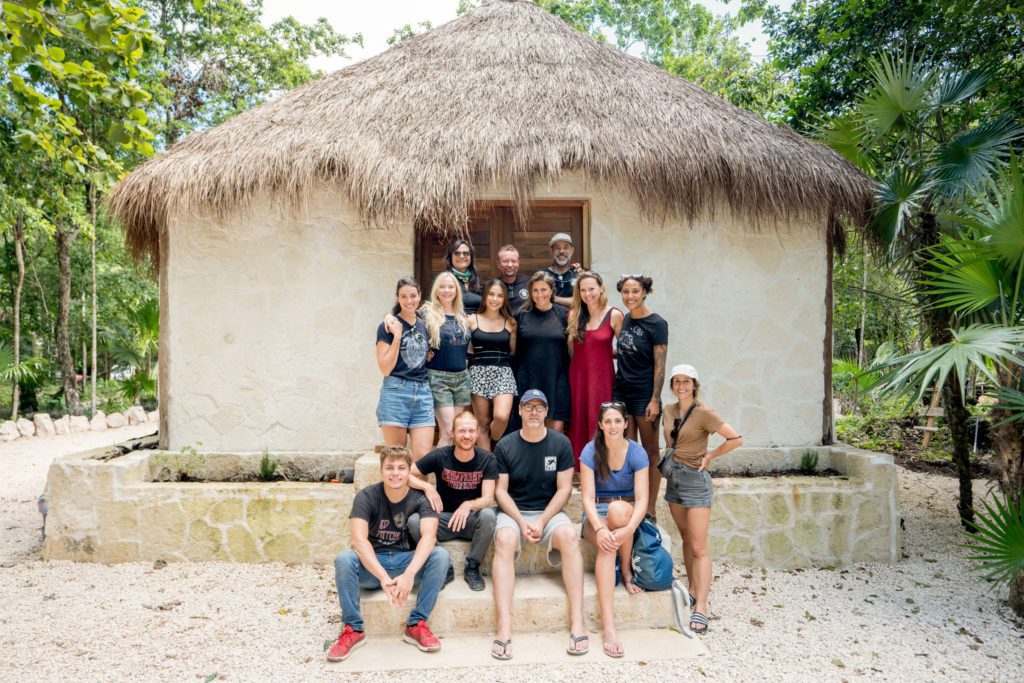
The step after that involves a lot of jungle hiking with some extensive gear hauling, a lot of diving, a lot of mosquito bites, hopefully many high fives (crossed fingers…), and some amazing discoveries to share.
I can’t wait to share the full story of the actual Xunaan-Ha expedition, the entire team and the people behind it. To be continued in the pages of Scuba Diver soon…
Photo credit: Maria Bollerup
